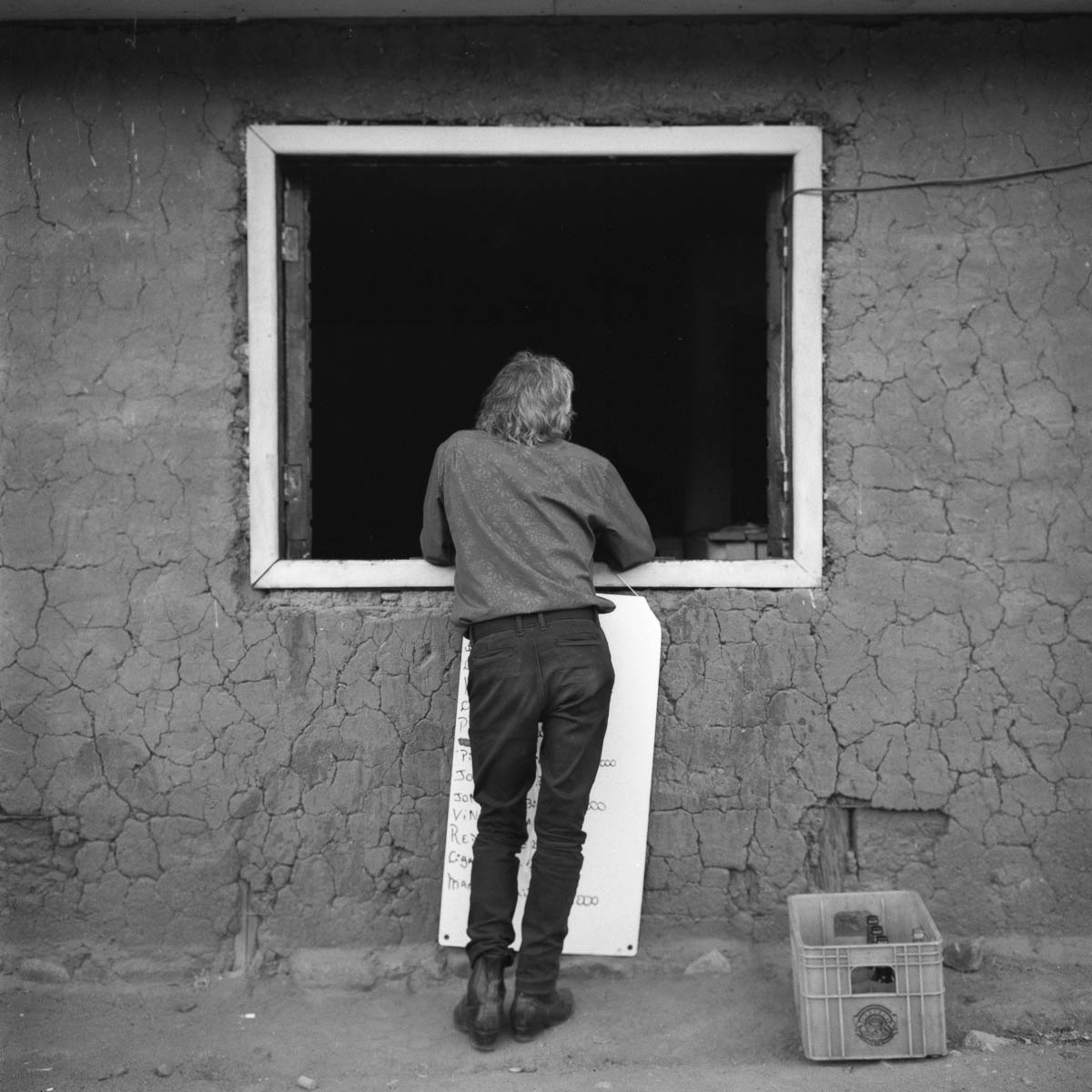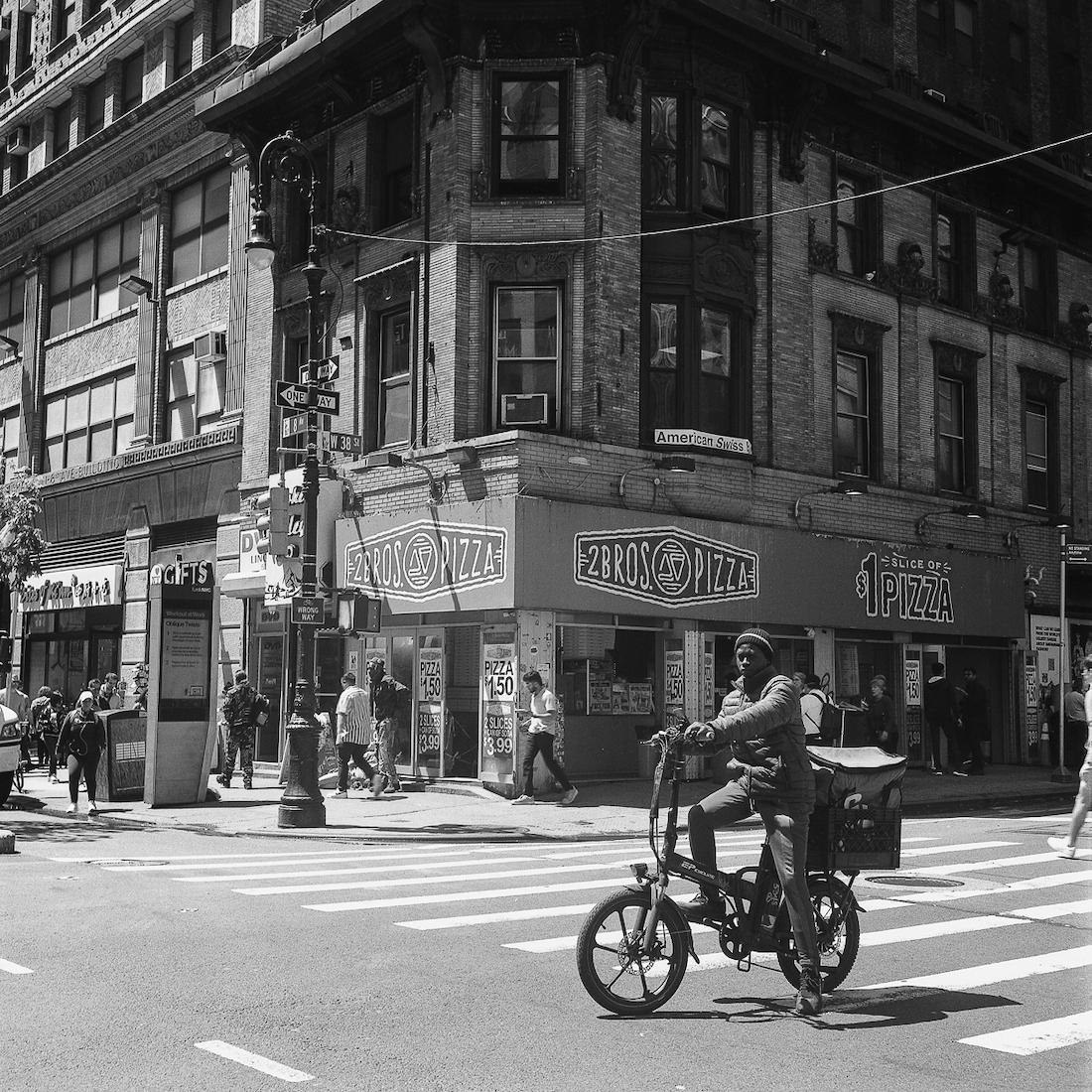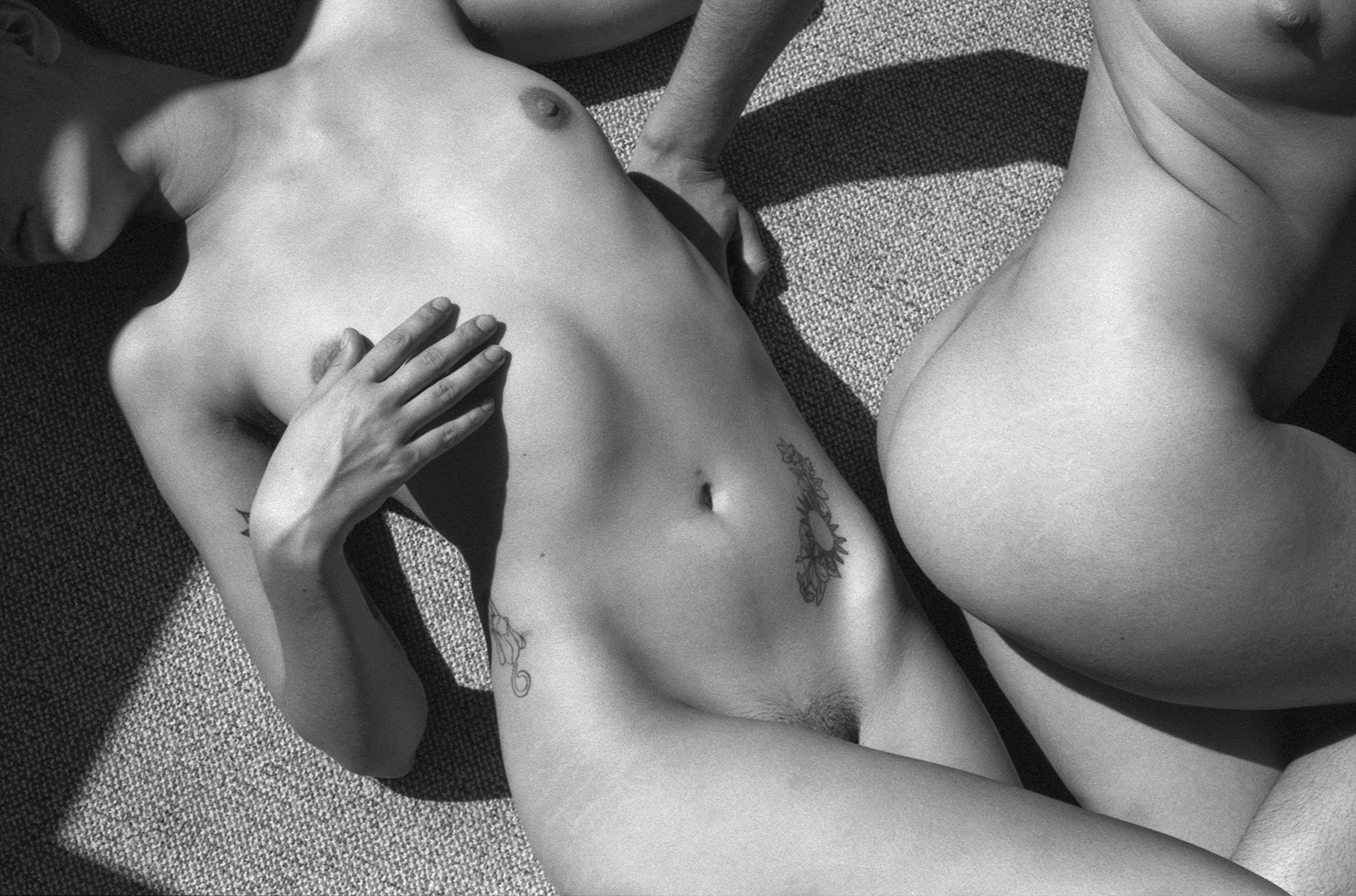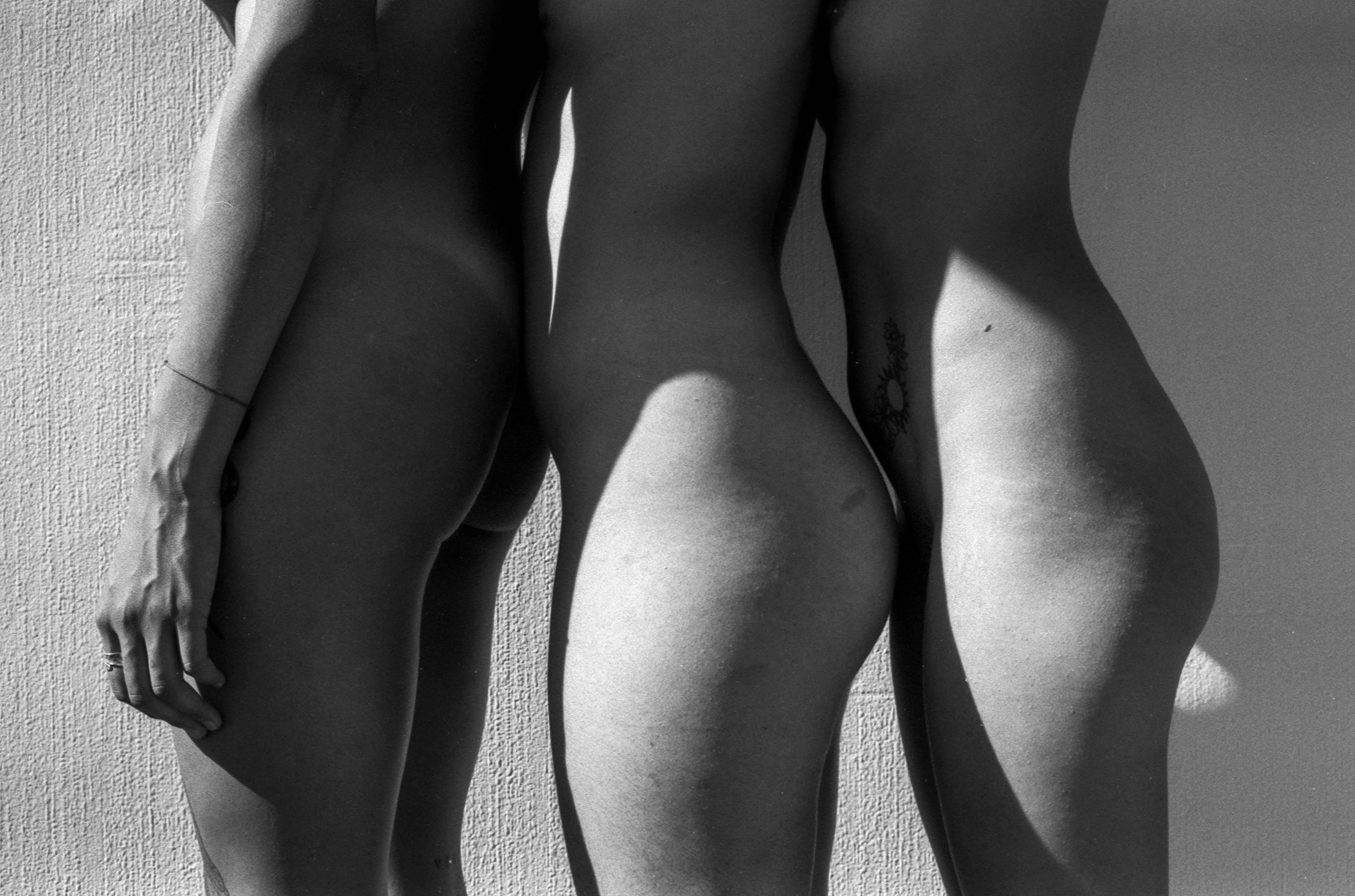Chilean Photographers: PASAJERO
Movements to preserve analog and traditional photographic processes have sprouted out across the Andean country in the last decade with more and more analog workshops being created in its most prominent cities. Photo hubs like Concepción and Valparaíso host a number of festivals, exhibitions, and workshops devoted to the preservation of film photography techniques and history. In Santiago, the capital, this is further strengthened by the contributions of seasoned photographers Luis Poirot (Santiago, b. 1940) and Fernanda Larraín (Santiago, b. 1979). In their atelier, the artists share the darkroom secrets they’ve honed over their long and well-respected photographic careers to the upcoming generations of Chilean photographers. “PASAJERO,” curated by Larraín at Corporación Cultural Las Condes, includes the creations of eight of Poirot and Larraín’s atelier artists: Cecilia Alarcón, Rouget Bugeño, Nicolás Marticorena, Nicolás Pantoja, Alfredo Pérez, María Jesús Ramírez, Paula Rubilar, and Sofía Vilches. The cohort demonstrates a diverse range of photography styles, with the exhibition’s primary emphasis on portrait, nude, still life, and landscape photography.
The exhibition debuts with Rouguet Bugueño’s literal interpretation of the show’s title in his Metro de Santiago series. The prints feature a momentarily intriguing perspectives, capturing the captivating essence of the capital’s subway system.
If Bugueño’s photographs feel at times hurried, Nicolas Pantoja’s portrait series, Asombro, quickly and effectively pulls the eye with its delicate interplay of geometry and light within diverse interior and exterior settings. Whether set against the intricate patterns of banisters and staircases or juxtaposed against the rugged backdrop of an industrial steel wall, Pantoja’s portraits exude a heightened sense of artistry, emotional depth, and composition. The pictures were captured with a Rolleiflex medium format, 6×6 camera; and include both equally alluring and individually strong full-body and close-up portraits.
The next hallway is dedicated to the works of Patricia Rubilar, Cecilia Alarcón, and Alfredo Pérez. From Alarcón’s dreamy countryside scenes to Pérez’s lively shots of New York’s bustling life, and Rubilar’s snapshots of different towns and cities in Chile, each member of this trio brings a distinctive voice and well-defined project to the table. Alarcón’s pieces, however, particularly stand out, as they evoke elegantly simple yet powerfully intriguing places of imagination that resonate deeply on a personal and emotive level. The photographs exude a surreal, desolate quality, capturing landscapes that take on an aura of mystery and awe.
Pérez delivers the quintessence of New York City, presenting three photographs with vibrant characters, diverse cultural landmarks, and serendipitous moments captured just at the right time. In contrast, Rubilar’s landscapes stand devoid of human presence, skillfully redirecting our focus toward the subtle imprints and routines we leave in our surroundings.
The gallery’s final hall is adorned with the works of Sofía Vilches, Nicolas Marticorena, and María Jesús Ramírez. The segment stands out not only for the robustness of the projects but also for the encapsulated diversity within the space. From Vílchez’s evocative nudes to Marticorena’s documentary photographs portraying locations affected by water crises and drought, and Ramírez’s exquisite still-lifes, this section offers consistently well-developed projects and artistic visions.
Sofía Vilches’s collection of nudes, titled ‘Piluchas’ (a colloquial Chilean term for a naked person, ‘pilucho/a’), delicately weaves an enchanting interplay of light and shadow across gracefully expressive poses. Vilches’s prints are the largest in the show and offer a profound exploration of the human form and convergence of diverse female narratives.
“On March 8, 2022, upon returning from a trip to Switzerland, I attended a feminist march commemorating International Women’s Day,” says Vilches about the inspiration behind her project. “It was at that moment that I decided to photograph women I didn’t know in the nude. I began working on series featuring several women together, and … my series Piluchas was born. I have never stopped creating nudes since that day up to today.”
Another socially engaged project, Marticorena’s work explores the province of Petorca in Chile — one of the regions most profoundly affected by drought and water exploitation in the country. In captivating black and white photographs, the artist offers a profound perspective on the repercussions of climate change in central Chile. Reflecting on his journey the artist notes, “I wanted to witness how people and communities confront this challenge, persevering in their daily lives.” Taking a global approach, Marticorena intertwines images from Petorca and Chiapas, Mexico—distinct locales and moments that, despite their vast geographical separation, share remarkable similarities in terms of geography and ecological challenges.
Finally, María Jesús Ramírez, a seasoned photographer since the 1990s, contemplates another pivotal (yet more personal) moment through her still life series, Desgarros. This collection serves as a harrowingly beautiful ode to metaphoric expressions of pain, transforming the grotesque, unsettling, and bizarre into a captivating aesthetic of deep blacks and highly symbolic markers. “This project arises from the desire to convey a feeling, a pain, which took shape in still lifes softened by the light from a window,” says Ramírez. “The way we feel can be disquieting, and pain is often hard to express. Through this series, what is hidden found its form. The photographs were captured with a Rolleiflex SL66 camera, Planar 80mm lens, Ilford fp4 film, and developed with D76 developer.
Follow the artists on Instagram:
Cecilia Alarcón: @cecilia.alarcon.547
Rouget Bugeño: @rouget.bugueno
Nicolás Marticorena: @nicolas_marticorena
Nicolás Pantoja @nicopantojam
Alfredo Pérez: @alperezg.fotografia
María Jesús Ramírez: @jesu_ramirez_t
Paula Rubilar: @pau.rubirubilar
Sofía Vilches: @sofiavilchesv
Fernanda Larraín: @fernanda.larrain
Posts on Lenscratch may not be reproduced without the permission of the Lenscratch staff and the photographer.
Recommended
-
Dawn Roe: Super|NaturalJanuary 4th, 2026
-
Time Travelers: Photographs from the Gayle Greenhill Collection at MOMADecember 28th, 2025
-
Arnold Newman Prize: C. Rose Smith: Scenes of Self: Redressing PatriarchyNovember 24th, 2025
-
The Aline Smithson Next Generation Award: Emilene OrozcoNovember 21st, 2025







































































